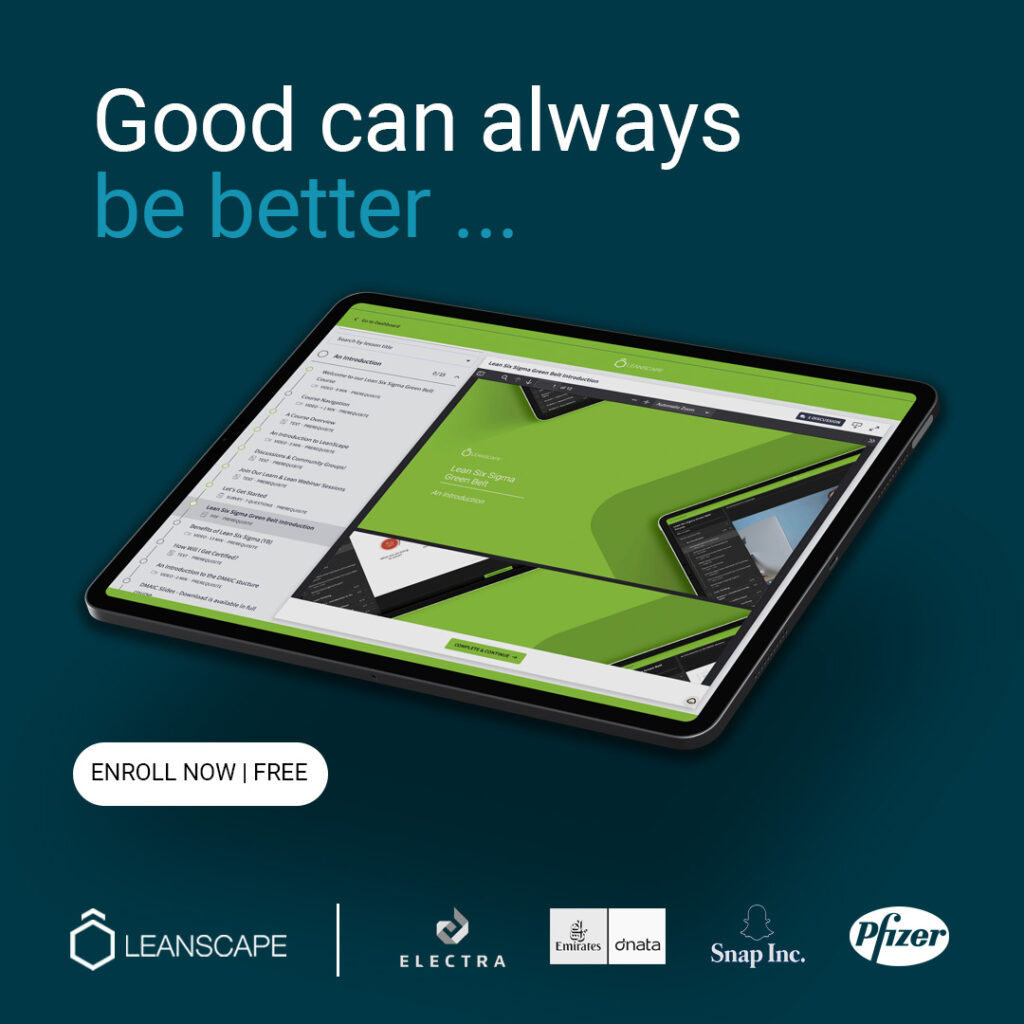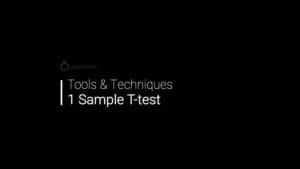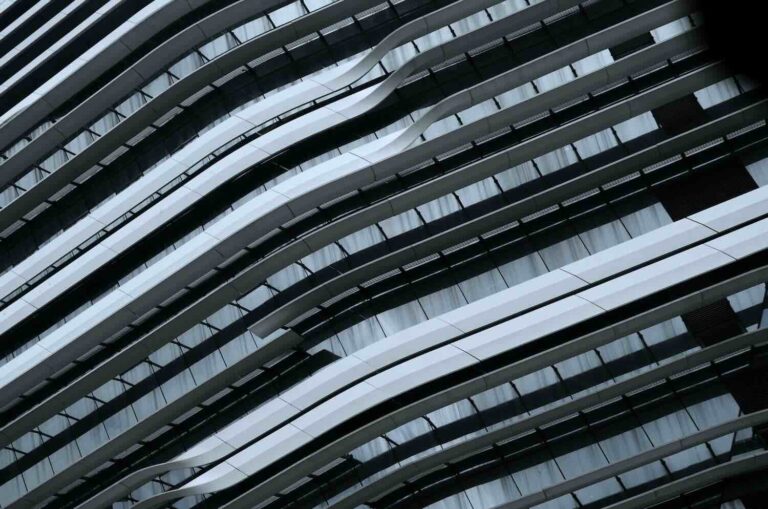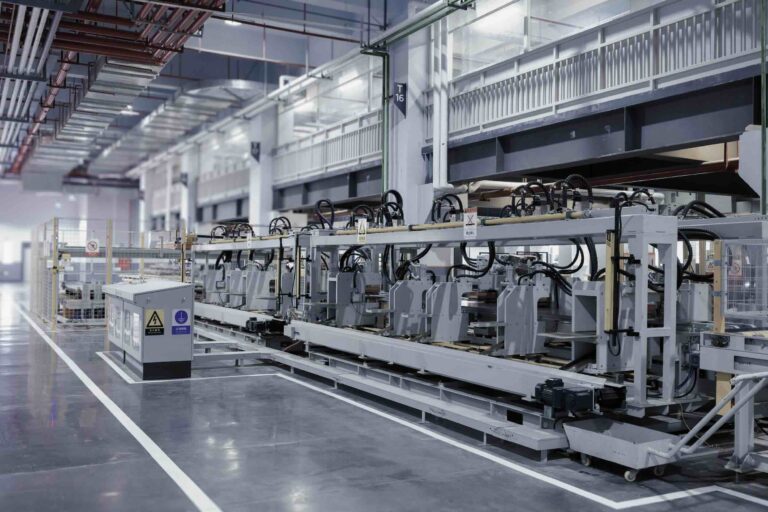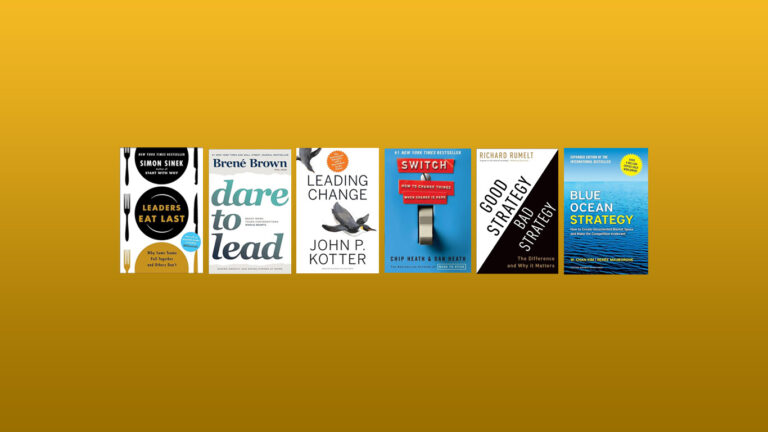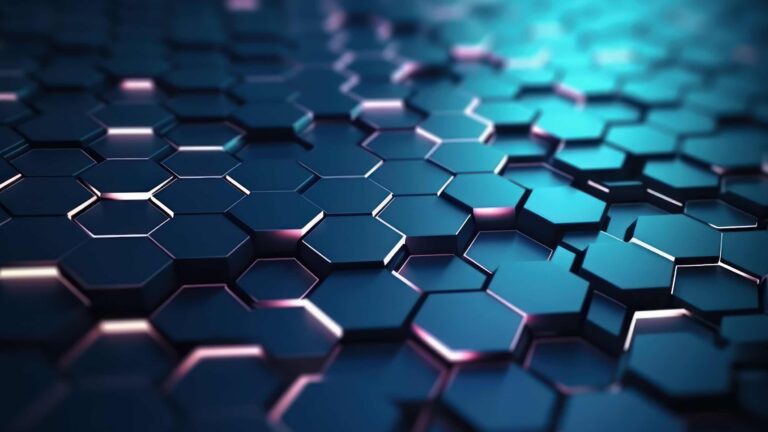The Average is Always Wrong and Why the Confirmation Bias Hurts Decisions
Welcome to our 5-Bullet Friday where we share insights, learnings, tools, and tips on making changes happen.
1. The Average is Always Wrong
Data can be used to transform businesses, but the challenge as Ian Shepherd makes clear in “The Average is Always Wrong” is that we need to know what we want to do with the data.
Just as last week we discussed “So What Reports!” … well data can be the same. Collecting data without using it is a waste. It is Inventory from TIMWOODS!
And as access to more and more data becomes possible, we have to be very focused on what we want to do with the data.
If you are just getting into statistics and feeling a little worried, then download the free sample of The Average is Always Wrong and read the first chapter! It’s a brilliant and simple explanation of the fundamentals of statistics and how they work. It’s for everyone!

“If the average is always wrong, the standard deviation tells us by how much”
Ian Shepherd Tweet
2. Increasing Productivity
Increasing productivity does not come from making people work harder and faster. You might be able to bully results from people, but this will not be maintained and the people churn will hurt your business.
When Lean Thinkers are looking to increase productivity across operations, yes they want to do more with less, but they also want to be doing less.
1) We want to stop doing activities that are not needed
2) We want to stop doing activities twice because of errors
3) We want to reorganise the work, make it flow to remove delays
Improving Productivity also leads to improved work balance, better-focused work and greater morale if it is done correctly. The stick does not work.
Check out these Lean case study on Improving Productivity
3. What is the meaning of businesses?
When we ask this in our training, most often the answer is to turn a profit. And yes, that is definitely one of the most important parts if any enterprise is going to continue long term.
But the goal of any business is to satisfy a customer need and to create a product or service that a customer wants and hopefully is willing to pay for.
When decisions makers stop thinking about the customer and focus on the analyst quarterly reports, bad decisions can be taken which have a long term impact on employees and on customers. This is the most important Lean Principle – Principle 1: Use Long Term Goals to Drive Short Term Decisions
4. Fully Defining Customer Value – Fast is not always better
For those coffee lovers out there, every morning I make a speciality filter coffee. I start by boiling water and then grinding the coffee beans by hand, before pouring the water over in 3 stages (75ml, 175ml and 200ml). I am not 100% sure that I do these steps correctly or that I can really taste the difference.
However, the value I get from this is the fact that it is a slow and deliberate activity and before the email lights up and conference calls kick in, this slow activity is just what I need.
When we think about customer value, it is as much about the physical product and service as it is about the emotional or psychological value the customer gets from the product and service. If we forget the personal value and stop creating rich psychological engagements, we will lose our customers.
5. How to Improve Your Lean Thinking
One of the best things we can ever invest in is our ability to understand how we think and why we think as we do.
We all have bias thinking layered into our own thinking. Consider the confirmation bias for example and here is a definition:
“The confirmation bias describes our underlying tendency to notice, focus on, and give greater credence to evidence that fits with our existing beliefs.”
Our danger is that we always look for information and data that confirms what we already believe and we begin to collect biased evidence that confirms the way we think. It is a cognitive shortcut to make things happen faster in our brain!
As Lean Change Agents, we have to understand ourselves, how we think and how we process information. And by doing so we can have empathy for others and understand why they might react the way they do!
Check out our list of non-Lean books to help improve your Lean Thinking
If you are enrolled in one of our courses, we look forward to the next assignment and project progress reports. They are the highlight of our week and we love to give you feedback on them.
If you have not yet enrolled in one of the courses, take the plunge … not only can you get a certificate to accelerate your career, but you will learn skills and critical problem-solving skills you will use for the rest of your career. So check out our Lean Six Sigma courses.





